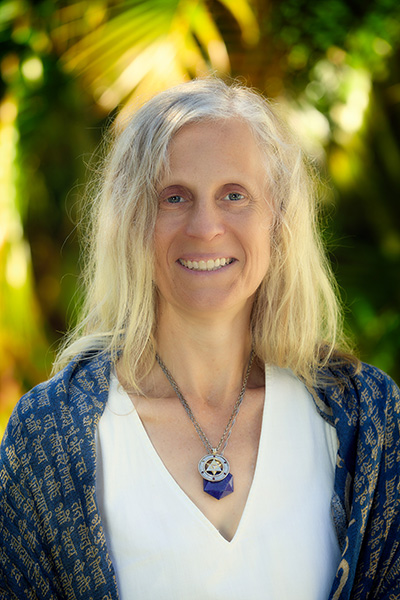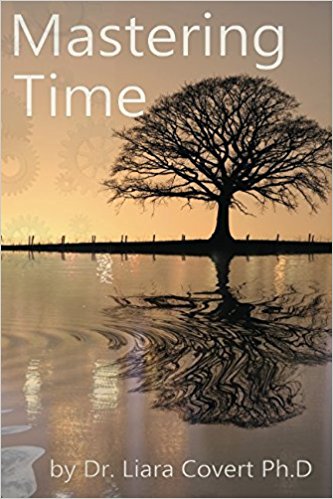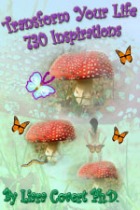8 lessons learned though travel
 Wednesday, April 4, 2007 at 8:01PM
Wednesday, April 4, 2007 at 8:01PM You may dream of a more peaceful world. How can you learn to enrich your views of surroundings? Here are 8 lessons I've learned through travel and also through the stories of other travellers:
1) Travelers learn that all people in the world are basically alike.
We all desire to eat, drink, find shelter, companionship and ultimately survive. In any country or part of town you are, you can strike up a conversation with a stranger in a bus, train, plane or in another vehicle, and you'll likely find something in common. This kind of interaction can enable you to feel more connected to people worldwide. It compels understanding and self-directed learning.
2) Travelers discover people perceive themselves as wiser or better than others.
I’ve learned just because I’ve lived in one place, this doesn’t mean my acquired know-how will be useful anywhere. I choose not to assume I know more than everyone. Consider Sir John Franklin was a British Naval Officer and historic arctic explorer. He thought using technology of his era and taking enough supplies would guarantee success in his attempt to be first through the Northwest Passage. Lack of foresight led to the death of his crew. He felt he knew everything, based on his past experiences elsewhere. This arrogant attitude became his downfall.
3) Travel makes us care about strangers.
My own experiences of dangers and difficulties have sensitized me to other peoples’ plights. Travel enables us to learn to care more about strangers. When you notice someone needs food, shelter, you may be more likely to share. Jim Rogers and his fiancée Paige Parker describe themselves as true adventurers. From 2001-2002, they visited 116 countries. They experienced luxury all the way to "five-roach hotels.' They lived the reality of having no water, no electricity. I understand why they evolved to carry their own toilet seat. Their travels taught them that famine or crisis are no longer as distant when you visit such areas and experience hardship yourself.
4) Travel teaches not everyone shares your beliefs or ways of thinking.
My own travel has shown me many different kinds of people, belief systems and perceptions exist. Recognizing this reality at home and 'on the road' is an opportunity to develop tolerance and understanding. You learn you won't agree with everyone. Consider Marco Polo’s journey through Asia apparently lasted 24 years. He was a European who travelled further than anyone of his time, beyond Mongolia and deep into China. His books explain why listening was his best skill.
5) Travelers learn more than one solution exists to a problem.
During travel, I've learned benefits in becoming attached to people I meet as well as appropriately detached during hardship unconnected to me. I like to think solutions can always be found and at the sme time I learn other people wish to resolve their own situations. Roald Amundsen was a Norwegian explorer of polar regions. He became the first man safely through the Northwest Passage and first man to reach the South Pole. His travel experience demonstrates benefits of having a focused purpose, adequate knowledge of climates and geography, careful planning, and attention to detail. His strength was openly interacting with locals to learn survival strategies. He couldn't help the inuit adapt to their changing climate or incoming Europeans, but he was their friend.
6) Travel teaches you to recognize that you’re part of a minority.
No matter who you are and what your background, gender, religion or skin color, recognize you're part of a minority somewhere. You decide whether this has advantages or not. Consider Mother Teresa, the Macedonian Saint who devoted her life to serve poor in Calcutta. Her work taught me much about widespread perceptions in the Western world. For example, the poor may be seen as a disadvantaged majority with respect to groups in social status and education. In developing countries, being a minority can be an advantage. It means you have food, shelter, and inner peace when a majority of people are hungry, ill and needy. Being a minority is perceived as you choose.
7) Travel teaches humility.
If you understand travel as a series of two-sided exchanges, locals may learn as much from you as you choose to learn. Consider that no matter where the Dalai Lama goes, he remembers where he came from and that he is connected to everyone else. Travelling widely simply reinforces his ability to be humble. He holds a modest opinion of himself and estimate of his own importance. He also shows the value to be found in nurturing an observant and uncensored mind.
8) Travel enables you to make life-long friends.
If you choose to maintain contact with people you connect with during travel, you have the ability to develop enduring relationships. I've stayed in contact with some people ~20 years or more. Staying in touch with people and remaining open to learning reminds me of Freya Stark. She was an adventure traveler who evolved to admit her standards and understanding of the world are not everyone’s standards. She learned to discriminate the values which were not her own values, but she also learned not to judge people simply because they were different.










